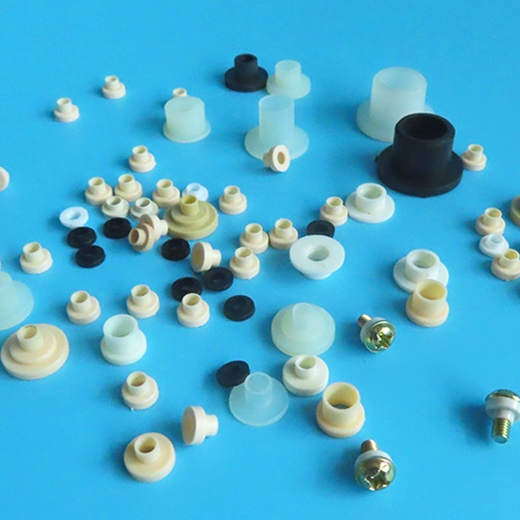
fine ceramics
Zirconia Ceramic Gasket Insulating Engineering Advanced Fine Ceramics
Item Number : KM-G04
Price varies based on specs and customizations
- Material
- Zirconia
- Specification
- See the form
- Size
- Customizable
Shipping:
Contact us to get shipping details Enjoy On-time Dispatch Guarantee.
Why Choose Us
Reliable PartnerEasy ordering process, quality products, and dedicated support for your business success.
Application
Zirconium dioxide, chemical formula ZrO2, is the main oxide of zirconium. It is white, odorless and tasteless crystals under normal conditions, insoluble in water, hydrochloric acid and dilute sulfuric acid. Chemical properties are inactive, with high melting point, high resistivity, high refractive index and low thermal expansion coefficient, making it an important high temperature resistant material, ceramic insulating material and ceramic sunscreen material, and also the main high temperature resistant material. At room temperature, zirconia is the material with the highest mechanical strength and fracture toughness of all major precision ceramics. Can be used to make cutting blades, scissors and knives. With its excellent surface smoothness, the material can also be used for pump components. Also used in all electrical products, electric heating products and wear-resistant mechanical parts. Its unique resistance to crack growth and high thermal expansion make it an excellent material for joining ceramics to metals such as steel. Due to the unique properties of zirconia, it is sometimes referred to as "ceramic steel".
Detail & Parts
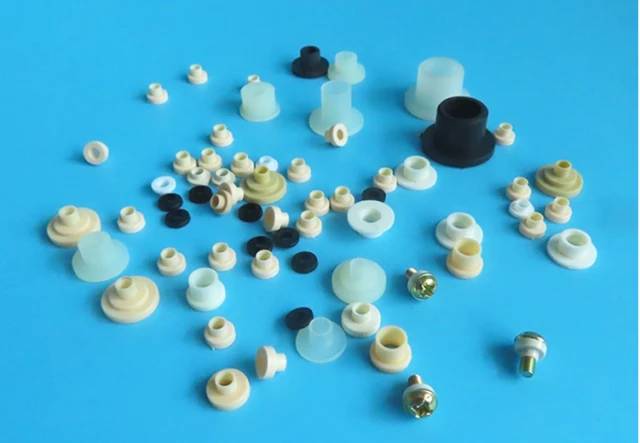
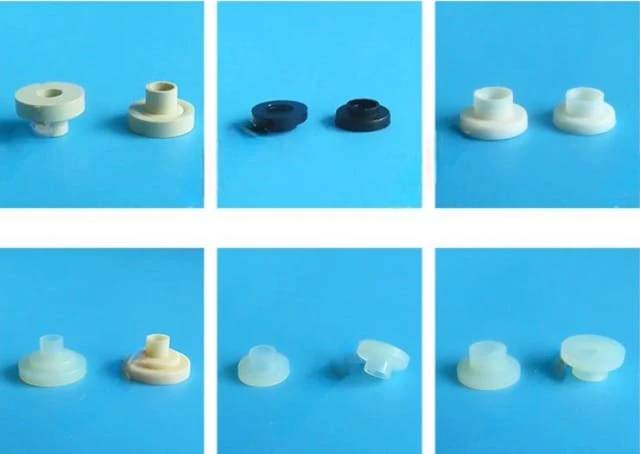

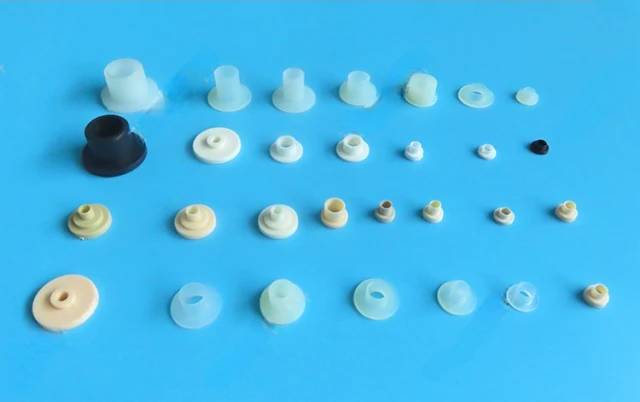
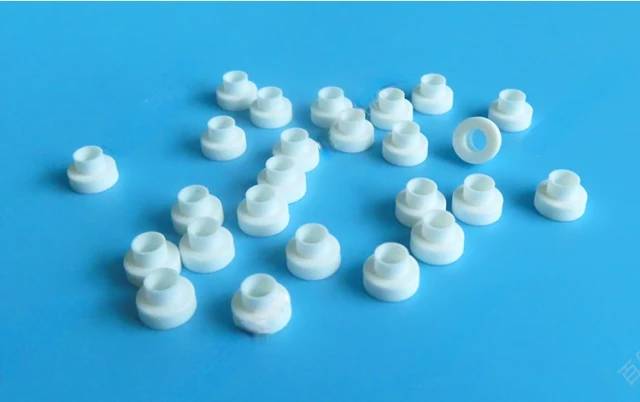
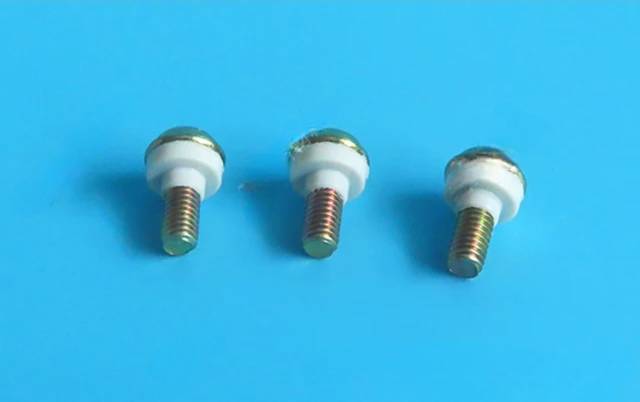
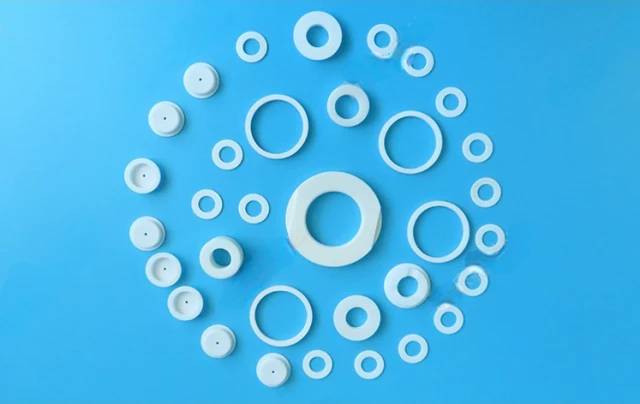
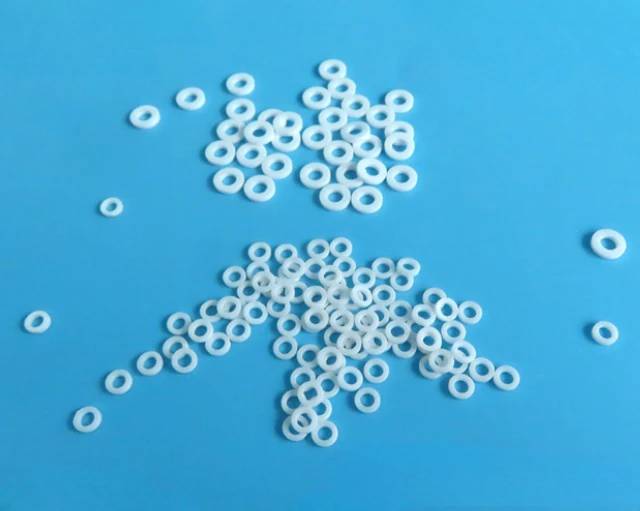
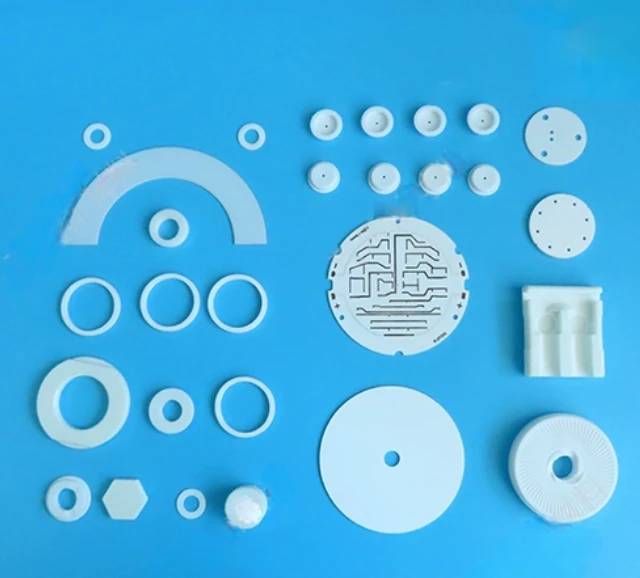
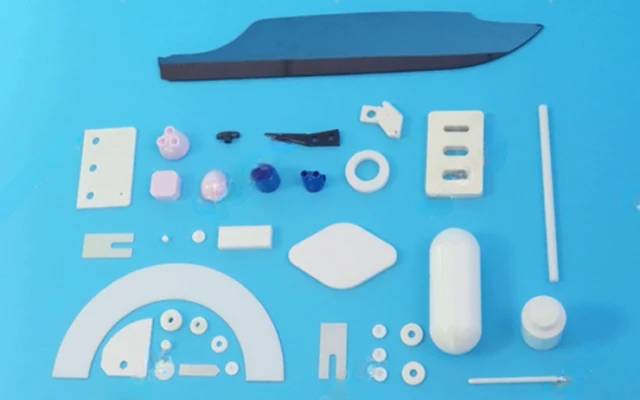
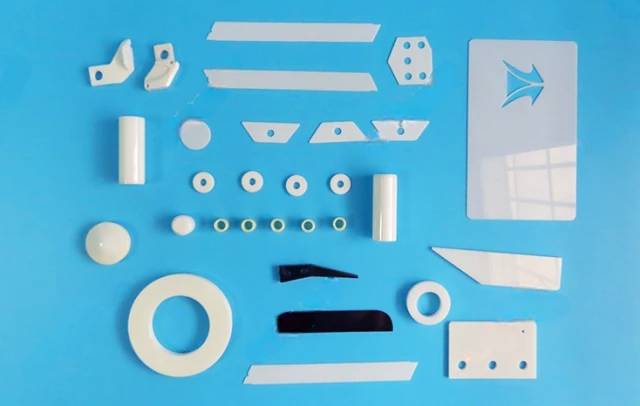
Technical specifications
| 5*5 | 13*97 | 148*100 | 22*43 | Disc Diameter: |
| 40*40 | 43*43 | 60*60 | 77*77 | 19/20/21 |
| 52*52 | 50*80 | 120*100 | 120*120 | 25/26/32 |
| 10*10 | 110*110 | 150*150 | 100*100 | 65/70/38 |
| 101*101 | 140*70 | 20*20 | 25*50 | 115/160 |
| 130*130 | 15*10 | 70*60 | 80*75 | |
| 42*42 | 56*56 | 50*50 | 125*125 | |
| 55*55 | 112*112 | 158*80 | 196*168 |
The produce we show are available in different sizes and custom sizes are available on request.
Advantages
- Refractory materials, high temperature and high pressure resistance
- High surface finish
- High mechanical strength
- High corrosion resistance, wear resistance, high hardness, long service life, not easy to break
- Good insulation performance, non-conductive, antistatic
- The ceramic material itself has insulating electrical and magnetic properties
- Can be applied to specific environments, such as acid and alkali resistance
FAQ
What Are The Main Applications Of Fine Ceramics?
What Are Advanced Ceramics?
What Are Engineering Ceramics?
What Are The Main Types Of Fine Ceramics?
What Are The Main Types Of Advanced Ceramics?
What Are The Main Types Of Engineering Ceramics?
What Is The Principle Behind Fine Ceramics?
What Are The Applications Of Advanced Ceramics?
What Are The Applications Of Engineering Ceramics?
What Are The Advantages Of Using Fine Ceramics?
How Are Advanced Ceramics Manufactured?
How Do Engineering Ceramics Differ From Traditional Ceramics?
What Are The Advantages Of Using Advanced Ceramics?
What Are The Advantages Of Using Alumina Ceramics?
What Is The Difference Between Alumina And Zirconia Ceramics?
Why Are Zirconia Ceramics Preferred In Certain Applications?
Why Are Silicon Carbide Ceramics Used In High-temperature Applications?
What Makes Silicon Carbide Ceramics Suitable For High-temperature Applications?
What Makes Boron Nitride Ceramics Unique?
How Are Boron Nitride Ceramics Used In Electronics?
How Do Advanced Ceramics Contribute To Energy Efficiency?
What Is The Manufacturing Process Of Engineering Ceramics?
Can Engineering Ceramics Be Customized For Specific Applications?
4.8
out of
5
Zirconia ceramic gasket is remarkable! The delivery was like lightning. It's a money-saving gem.
4.9
out of
5
The quality is top-notch, and the durability is off the charts! This is a testament to the technological advancements in the industry.
4.7
out of
5
Zirconia ceramic gasket has exceeded my expectations. It's a reliable partner in my lab.
4.6
out of
5
The zirconia ceramic gasket is a game-changer. It's durable and withstands extreme conditions like a champ.
4.8
out of
5
I'm thrilled with the zirconia ceramic gasket. It's an excellent choice for insulation and resists wear and tear like a boss.
4.9
out of
5
The delivery was incredibly fast, and the zirconia ceramic gasket is a perfect fit for my needs. I highly recommend it!
4.7
out of
5
The zirconia ceramic gasket is an absolute steal. It's affordable, durable, and performs like a charm. I'm sold!
4.6
out of
5
The zirconia ceramic gasket is a technological marvel. It's a must-have for any lab that values precision and durability.
4.8
out of
5
The zirconia ceramic gasket has revolutionized my lab work. It's a testament to the power of innovation and quality.
4.9
out of
5
I'm amazed by the zirconia ceramic gasket. Its durability and insulating properties are second to none. A true game-changer!
4.7
out of
5
The zirconia ceramic gasket has exceeded my expectations. It's a perfect blend of quality, durability, and affordability.
4.6
out of
5
The zirconia ceramic gasket is an exceptional product. It's a must-have for any lab that demands precision and reliability.
4.8
out of
5
The zirconia ceramic gasket is a remarkable innovation. It's a testament to the advancements in materials science.
REQUEST A QUOTE
Our professional team will reply to you within one business day. Please feel free to contact us!
Related Products

Alumina ceramics have good electrical conductivity, mechanical strength and high temperature resistance, while zirconia ceramics are known for their high strength and high toughness and are widely used.

Precision Machined Zirconia Ceramic Ball for Engineering Advanced Fine Ceramics
zirconia ceramic ball have the characteristics of high strength, high hardness, PPM wear level, high fracture toughness, good wear resistance, and high specific gravity.

Precision Machined Yttria Stabilized Zirconia Ceramic Plate for Engineering Advanced Fine Ceramics
Yttrium-stabilized zirconia has the characteristics of high hardness and high temperature resistance, and has become an important material in the field of refractories and special ceramics.
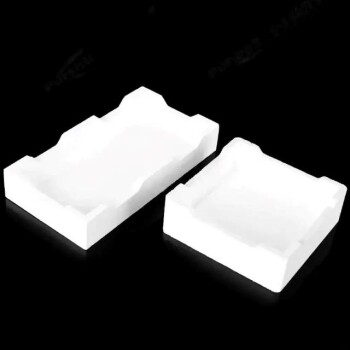
Advanced Engineering Fine Ceramics Alumina Ceramic Saggar for Fine Corundum
Alumina sagger products have the characteristics of high temperature resistance, good thermal shock stability, small expansion coefficient, anti-stripping, and good anti-powdering performance.

Precision Machined Yttrium Stabilized Zirconia Ceramic Rod for Engineering Advanced Fine Ceramics
Zirconia ceramic rods are prepared by isostatic pressing, and a uniform, dense and smooth ceramic layer and transition layer are formed at high temperature and high speed.

Engineering Advanced Fine Ceramics Head Tweezers with Pointed Elbow Zirconia Ceramic Tip
Zirconia ceramic tweezers are a high-precision tool made of advanced ceramic materials, especially suitable for operating environments that require high precision and corrosion resistance. This type of tweezers not only has excellent physical properties, but is also popular in the medical and laboratory fields because of its biocompatibility.

Alumina ceramic screws are fastening components made of 99.5% alumina, ideal for extreme applications requiring excellent thermal resistance, electrical insulation and chemical resistance.

Advanced Engineering Fine Ceramics Aluminum Nitride (AlN) Ceramic Sheet
Aluminum nitride (AlN) has the characteristics of good compatibility with silicon. It is not only used as a sintering aid or reinforcing phase for structural ceramics, but its performance far exceeds that of alumina.

Engineering Advanced Fine Ceramics Alumina Al2O3 Crucible With Lid Cylindrical Laboratory Crucible
Cylindrical Crucibles Cylindrical crucibles are one of the most common crucible shapes, suitable for melting and processing a wide variety of materials, and are easy to handle and clean.

Silicon Carbide (SIC) Ceramic Sheet Wear-Resistant Engineering Advanced Fine Ceramics
Silicon carbide (sic) ceramic sheet is composed of high-purity silicon carbide and ultra-fine powder, which is formed by vibration molding and high-temperature sintering.

High Temperature Wear-Resistant Alumina Al2O3 Plate for Engineering Advanced Fine Ceramics
High temperature wear-resistant insulating alumina plate has excellent insulation performance and high temperature resistance.

Alumina wear-resistant ceramic washer are used for heat dissipation, which can replace aluminum heat sinks, with high temperature resistance and high thermal conductivity.

High Temperature Alumina (Al2O3) Furnace Tube for Engineering Advanced Fine Ceramics
High temperature alumina furnace tube combines the advantages of high hardness of alumina, good chemical inertness and steel, and has excellent wear resistance, thermal shock resistance and mechanical shock resistance.

Engineering Advanced Fine Alumina Al2O3 Ceramic Crucible for Laboratory Muffle Furnace
Alumina ceramic crucibles are used in some materials and metal melting tools, and flat-bottomed crucibles are suitable for melting and processing larger batches of materials with better stability and uniformity.
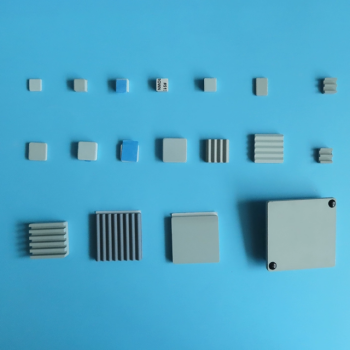
Silicon Carbide (SIC) Ceramic Sheet Flat Corrugated Heat Sink for Engineering Advanced Fine Ceramics
Silicon carbide (sic) ceramic heat sink not only does not generate electromagnetic waves, but also can isolate electromagnetic waves and absorb part of electromagnetic waves.

Precision Machined Silicon Nitride (SiN) Ceramic Sheet for Engineering Advanced Fine Ceramics
Silicon nitride plate is a commonly used ceramic material in the metallurgical industry due to its uniform performance at high temperatures.

In the journey of scientific exploration and industrial production, every detail is crucial. Our arc-shaped alumina ceramic crucibles, with their excellent high temperature resistance and stable chemical properties, have become a powerful assistant in laboratories and industrial fields. They are made of high-purity alumina materials and manufactured through precision processes to ensure excellent performance in extreme environments.
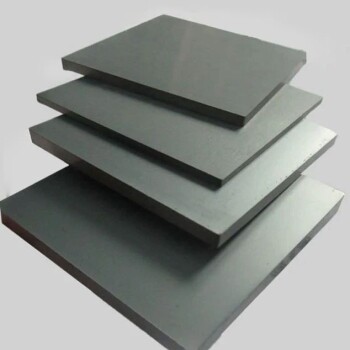
Silicon Carbide (SIC) Ceramic Plate for Engineering Advanced Fine Ceramics
Silicon nitride (sic) ceramic is an inorganic material ceramic that does not shrink during sintering. It is a high-strength, low-density, high-temperature-resistant covalent bond compound.

High Purity Alumina Granulated Powder for Engineering Advanced Fine Ceramics
Ordinary alumina granulated powder is alumina particles prepared by traditional processes, with a wide range of applications and good market adaptability. This material is known for its high purity, excellent thermal stability and chemical stability, and is suitable for a variety of high-temperature and conventional applications.
Related Articles

Top 5 Features of a High-Quality Zirconia Sintering Oven
Investing in a high-quality sintering oven is crucial for dental laboratories that want to produce high-quality zirconia restorations consistently.

Optical Quartz Plate: A Comprehensive Guide to Applications, Specifications, and Usage
Discover the versatility of optical quartz plates, exploring their uses in various industries, key specifications, and factors that differentiate them from glass. Gain insights into their applications in ultraviolet transmission, precision optics, and more.

Dos and don'ts during the installation of molybdenum disilicide (MoSi2) heating element
Precautions when installing MoSi2 heating elements

Unveiling the Exceptional Properties and Applications of Optical Quartz Plates
Discover the remarkable characteristics and diverse applications of optical quartz plates, including their superior ultraviolet transmission, thermal stability, and use in lenses, lighting devices, and semiconductor manufacturing.

Understanding Quartz Electrolytic Cells: Applications, Mechanisms, and Advantages
Explore the detailed workings, applications, and benefits of quartz electrolytic cells in various industries. Learn how these cells facilitate precise chemical reactions and their role in high-purity metal production.

Dental Furnaces The Perfect Solution for Porcelain Processing
The dental furnaces are designed explicitly for the firing process of dental porcelain, which is a crucial step in the dental restoration process.

Comprehensive Overview of Zirconia Ceramic Materials
A detailed exploration of zirconia ceramics, including properties, history, preparation, molding, sintering, and applications.

Zirconia Ceramic Sintering Processes and Common Issues
An in-depth look at various sintering methods for zirconia ceramics and common problems encountered during the process.

Research on Zirconia Ceramics in Dental Restoration
Explores the properties, preparation, and advantages of zirconia ceramics in dental restoration.

Understanding Oxide Ceramics: Concepts, Classification, and Applications
This article delves into the concept, classification, and diverse applications of oxide ceramics, highlighting their significance in various high-tech fields.

Precision Ceramic Materials for Energy Conversion Applications
Overview of various ceramic materials used in energy conversion technologies, including heaters, piezoelectric ceramics, and solid oxide fuel cells.

Selecting Heating Elements for Vacuum Furnaces
Guide on choosing heating elements and insulation screens for efficient vacuum furnace operation.